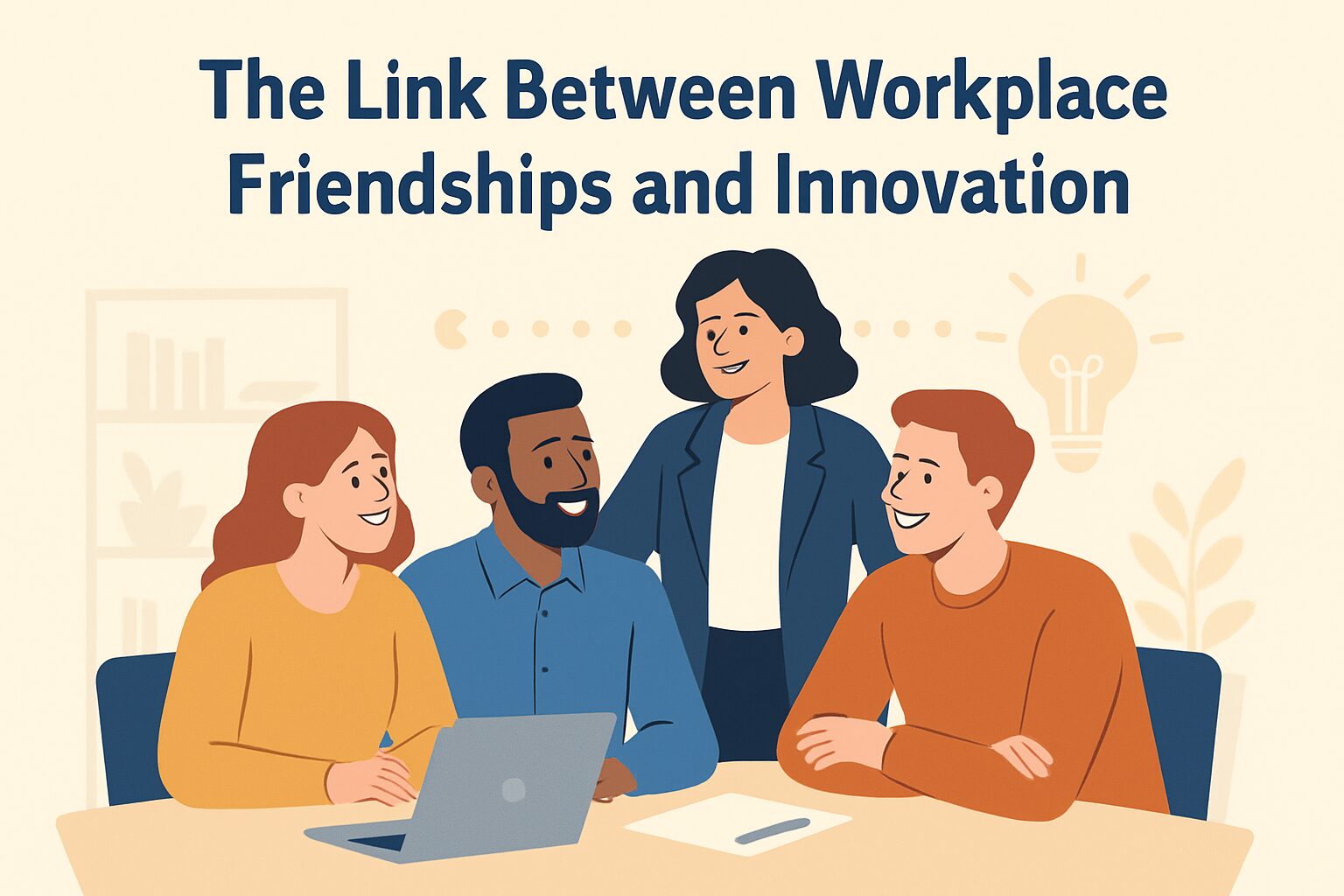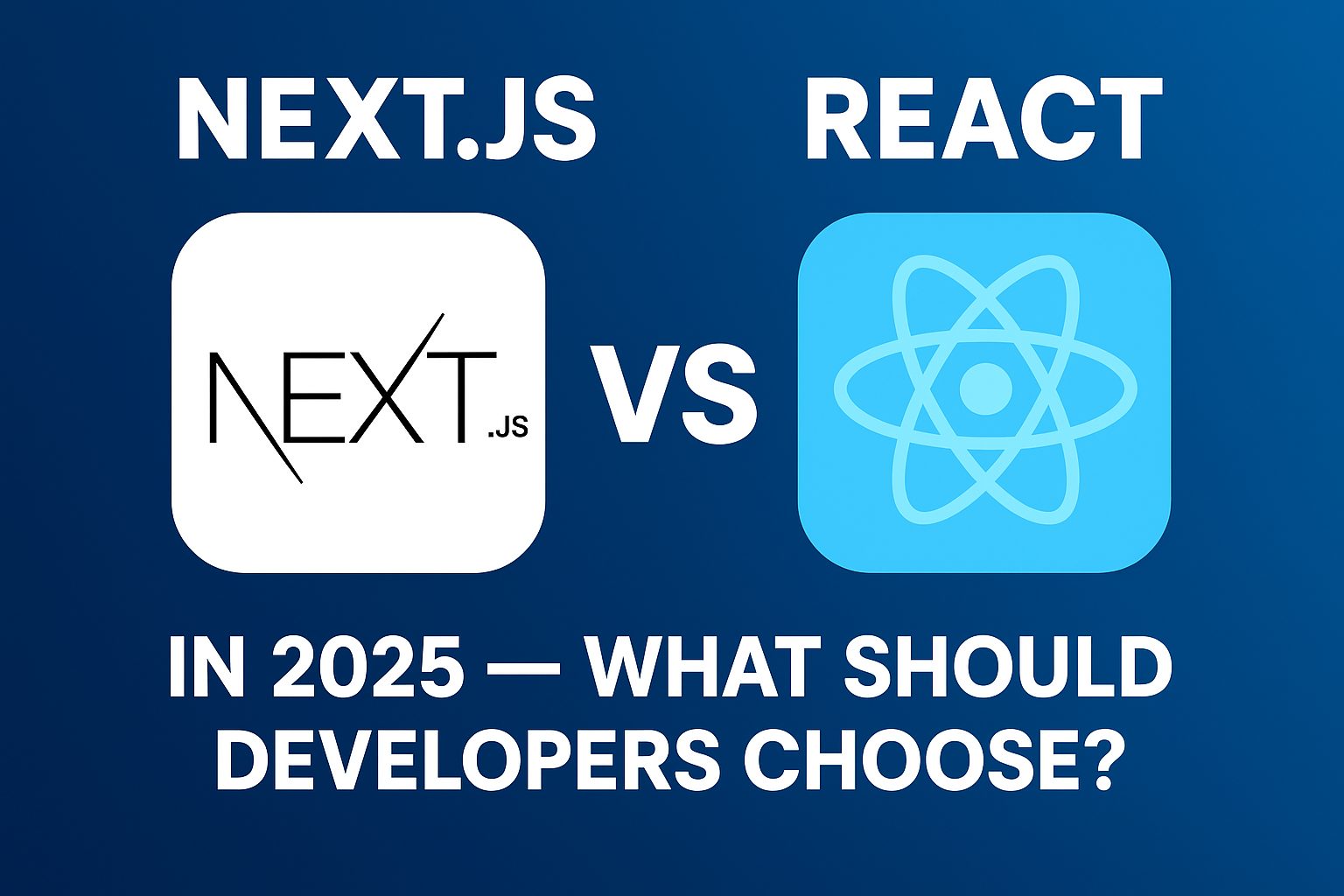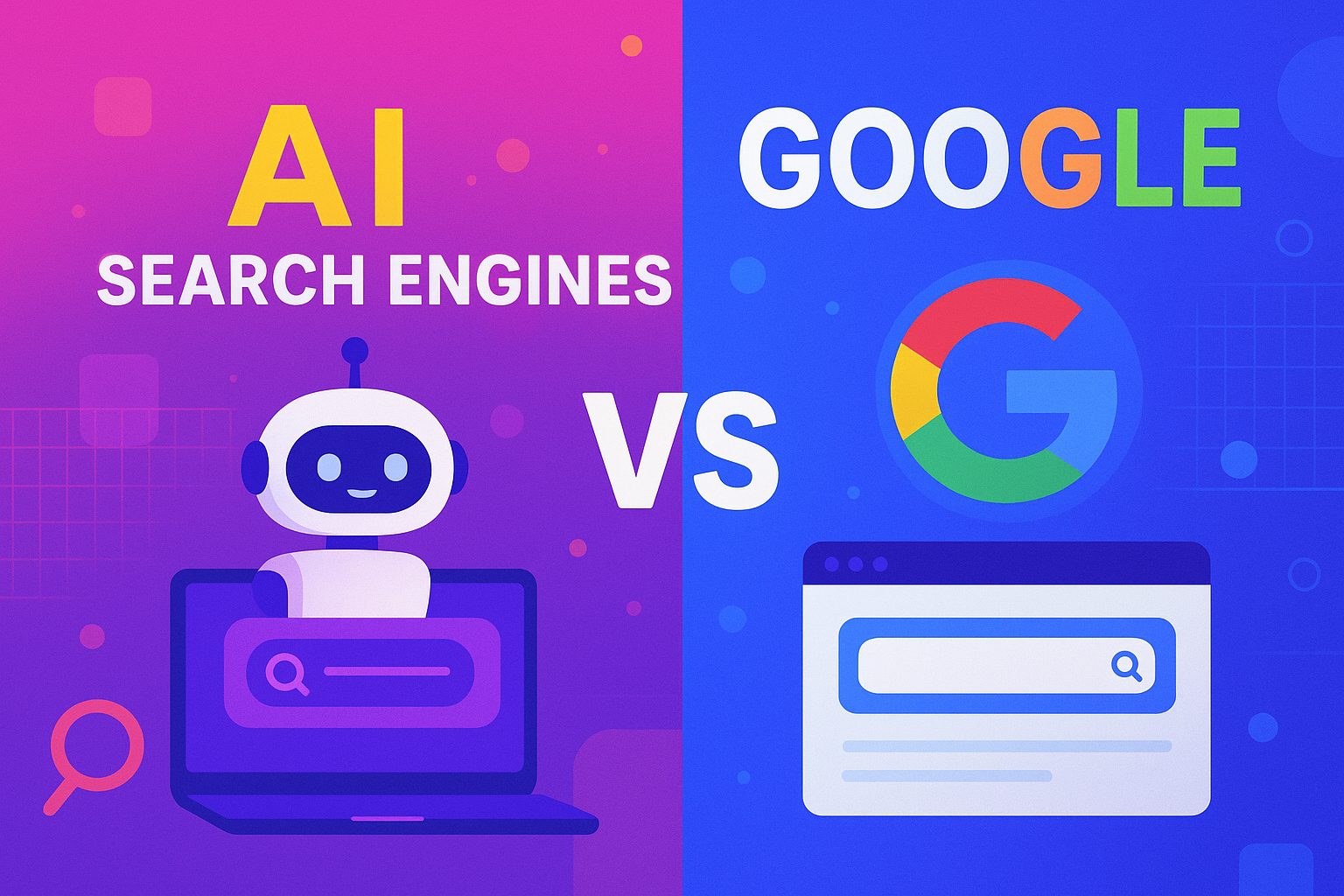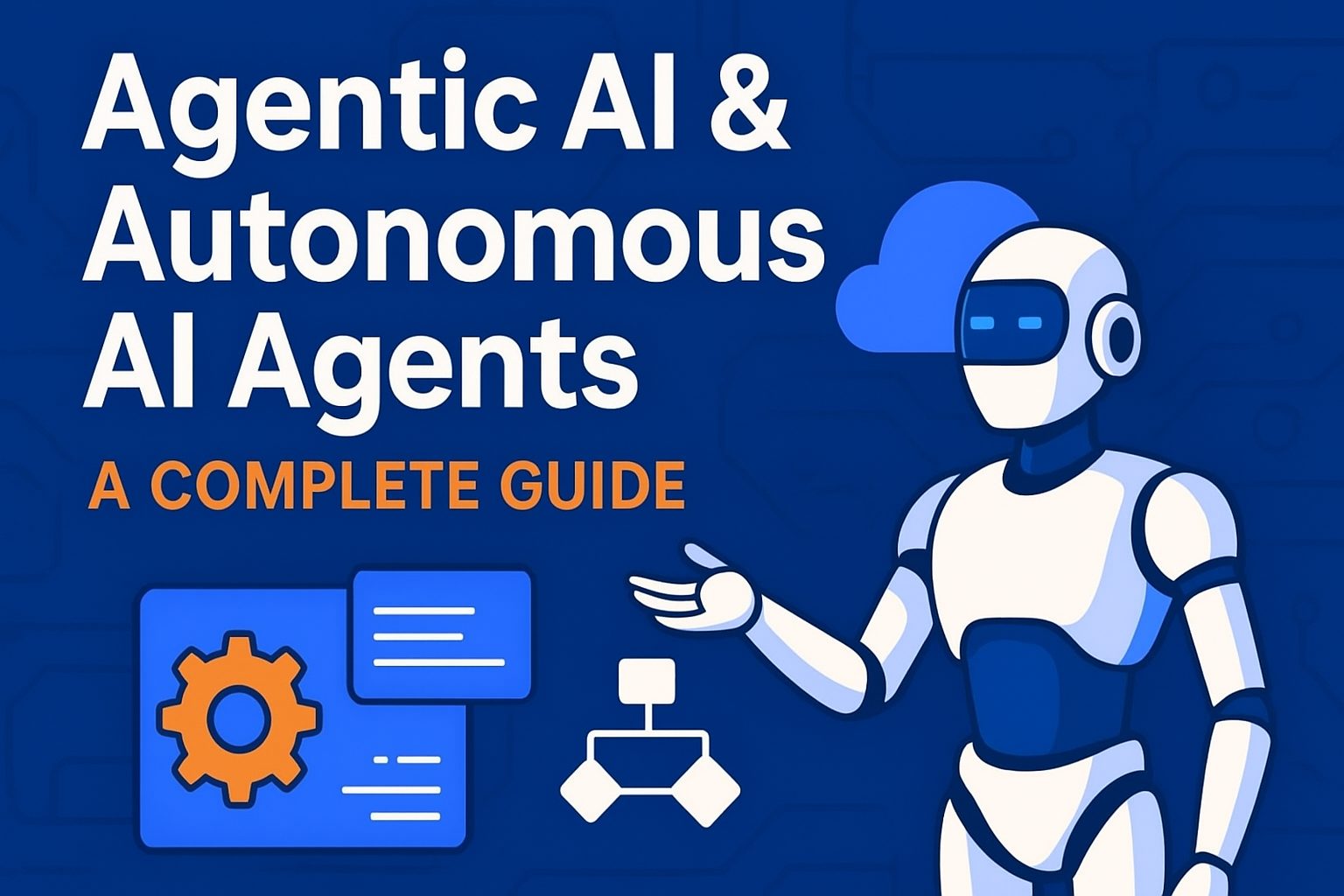In the modern workplace, companies are increasingly recognizing that innovation doesn’t just come from strategy, technology, or leadership vision—it also emerges from the human connections that fuel collaboration. One of the most overlooked drivers of creativity and problem-solving is workplace friendships. Far from being a distraction, these relationships can foster trust, collaboration, and a culture where bold ideas are encouraged and innovation thrives.
Why Friendships at Work Matter
Many employees spend a third or more of their lives at work, which makes the quality of workplace relationships particularly significant. While professionalism remains essential, genuine friendships provide emotional support, reduce stress, and create an environment where employees feel safe to share ideas.
When individuals know they can trust their colleagues, they are more likely to voice new perspectives without fear of rejection or criticism. This psychological safety is a critical ingredient for innovation—people are willing to take risks and think creatively when they feel supported.
The Connection Between Trust and Innovation
Innovation requires experimentation, and experimentation naturally comes with failure. A team built on friendships is more resilient because colleagues are not afraid to make mistakes together. Trust, fostered by genuine relationships, makes it easier to bounce back from setbacks and learn collectively.
For example, a software development team that has built strong friendships is more likely to brainstorm freely, test unorthodox solutions, and adapt quickly if their first attempt doesn’t succeed. Trust creates an atmosphere where “failure” is reframed as a step toward progress.
Collaboration Becomes Natural
Collaboration is at the heart of any innovative organization. While formal teamwork structures are important, genuine friendships enhance collaboration in subtle but powerful ways. Colleagues who are friends are more likely to communicate openly, share knowledge willingly, and offer constructive feedback.
This informal collaboration often leads to breakthrough moments. Conversations over coffee, casual brainstorming during lunch breaks, or quick problem-solving chats outside of meetings can spark fresh ideas that might never surface in rigid, formal discussions.
Friendships Drive Employee Engagement
Research consistently shows that employees with close friends at work are more engaged and motivated. This heightened engagement translates into greater creativity and productivity.
When employees feel emotionally connected to their peers, they are not just working for a paycheck—they are working for the success of the team. A shared sense of commitment creates a powerful culture of innovation, where everyone contributes because they care about each other’s success.
Breaking Down Silos Through Friendships
In many organizations, silos between departments can stifle innovation. Workplace friendships help break these barriers. When employees build friendships across different teams or departments, information flows more freely.
For example, a marketing professional who is friends with someone in product design may exchange insights that lead to more user-friendly product features or more impactful campaigns. These cross-functional friendships create bridges that allow ideas to travel faster and more effectively.
Emotional Safety Encourages Risk-Taking
One of the biggest challenges to innovation is fear—fear of judgment, failure, or rejection. Friendships create an emotional safety net that reduces this fear. Employees who feel supported by friends are more likely to take risks and pitch bold ideas.
When innovation becomes a shared journey rather than an individual burden, people feel empowered to go beyond their comfort zones. This courage to explore new paths is what separates innovative organizations from stagnant ones.
How Leaders Can Encourage Workplace Friendships
While friendships cannot be forced, leaders can create an environment that fosters connection. Here are a few strategies:
- Encourage team-building activities: Provide opportunities for employees to get to know each other outside of formal work tasks.
- Promote collaboration over competition: Ensure workplace culture rewards teamwork, not just individual achievement.
- Design spaces for connection: Break rooms, lounges, and collaborative work areas can encourage casual conversations.
- Support mentorship and peer learning: These programs create bonds that often evolve into lasting friendships.
- Emphasize empathy and inclusion: A culture of respect and openness makes it easier for friendships to form naturally.
The Balance Between Friendship and Professionalism
Some worry that workplace friendships may blur professional boundaries. While this is a valid concern, it’s about balance. Healthy workplace friendships enhance performance when employees remain mindful of professionalism. The key is to maintain accountability, respect boundaries, and ensure that friendships are inclusive rather than exclusive.
Final Thoughts
Innovation doesn’t thrive in isolation—it grows in environments where people feel connected, supported, and inspired. Workplace friendships play a crucial role in building this type of culture. They create trust, foster collaboration, and encourage the kind of risk-taking that drives breakthrough ideas.
For organizations that want to unlock innovation, investing in workplace culture is just as important as investing in technology or processes. By encouraging genuine connections, companies can build teams that are not only happier and more engaged but also more creative, resilient, and future-ready.







